Page 26
~ The Study of Threes ~
http://threesology.org
| Hybrids page 1 | Hybrids page 2 | Hybrids page 3 | Hybrids page 4 | Hybrids page 5 |
| Hybrids page 6 | Hybrids page 7 | Hybrids page 8 | Hybrids page 9 | Hybrids page 10 |
| Hybrids page 11 | Hybrids page 12 Playmate God |
Hybrids 13 Economics 1 |
Hybrids 14 Economics 2 |
Hybrids 15 Economics 3 |
| Hybrids 16 Economics 4 |
Hybrids 17 Economics 5 |
Hybrids 18 Economics 6 |
Hybrids 19 Economics 7 |
Hybrids 20 Language 1 |
| Hybrids 21 Language 2 |
Hybrids 22 Language 3 |
Hybrids 23 Language 4 |
Hybrids 24 Physics |
Hybrids 25 |
| Hybrids 26 | Hybrid 27 |
Visitors as of 30th July, 2021

Let us ask if all hybrids represent developmental changes in the human brain which is directed along some measure of conservation as well as symmetry? While we may not think that a nine-headed hydra is symmetrical, it is in the sense of representing three 3-part groupings collectively illustrated as nine items of the same or similar kind... like the balancing act of a 3-legged... (odd numbered) stool. If the human mind is seeking some balance, then the expressions of hybrids is an attempt to piece together other-wise different or disparate perceptions into a balance, even if a two or more headed creature were at odds with one another.
The idea that a "two" pattern is an attempted balancing act can be seen in such examples as cellular division and the yin/yang concept. We might consider that the doubling effect of cellular division and organism development that carries on with this type of balancing act by the usage of sexual reproduction, easily seen when a male and female are paired, though hermaphroditic configurations suggest the same act is taking place. However, this then leaves us with the situation where a singularity (such as a single cell or viruses) are suggested as being unbalanced representations which need a host which is real from our human perspective but may appear as a g-host-ly apparition from the chemical perspective of a cell or virus. Clearly the doubling effect doesn't continue forever, and that because multiple life forms are born, what we have is a repetition of the two-based doubling pattern. Nature is repetitively engaging in the usage of a primitive counting system and not evolving into the use of a more complex mathematics. Hence, human insistence looking for some simply pattern by way of an application of complex mathematics is the wrong trail to be on. Nature doesn't use complexity, only humanity in its ego-directed approach for unraveling the simplicities of Nature. In other words, Mathematics can get in the way since it routinely expresses human ego and not the simplistic state of Nature.
Some measure of balance, of symmetry is achieved by a doubling effect, at least in the mind of the beholder of a given hybrid. Such a hybrid like that of the on/off doubling of electrical circuitry is used to "propagate" the industry from which computers have been formed, and yet these 'life' forms continue to rely upon a simplistic two-patterned babbling sequence which humans complexify to produce symbols which the human ego can attach itself to. However, in order to understand how the human ego is related to symbols, one must have some measure of grasping what it meant in centuries past for someone to "master" the usage of a symbol that was repeated, and/or "master" a vocal expression that we of today reference as a word. The Bible reports on this latter event quite explicitly when it describes: "In the Beginning was the word, and the word was with god, and the word was a god." Other examples of ego enterprisings came by way of those who were born with and most often self-taught with an ability to use words quite expressively in order to teach listeners what such words (sounds) referred to. The emergence of a word was so startling, the event can be viewed in terms of when a person learns to whistle. In fact, the ability to whistle for the first time is a rather momentous event in the life of a child. They may finally learn to whistle only to look about thinking someone else is whistling before realizing they are the one's emitting the wondrous sound. So too was the development of word usage and later, locutions described as speeches, poetry, art, music, philosophy, mathematics, etc... There not only is a pairing (mimicry/echoing/) effect, but a multiplication event just as that seen in the doubling of cellular development.
However, while computers (for example) are doubling the usage of the binary language, and the models (improvements in computer design) by which such a language is conveyed in ever faster speeds and distances... as well as areas of distribution and reach; the fact remains that a two-patterned (binary) language is being used in the same fashion that a cell uses a pattern-of-two multiplication as an organism develops. While many a reader might view the advent of computers (and all technological developments) as a grand accomplishment, because such a situation is aligned with the design of their ego's relationship to their environment and the world as an approximated survival mechanism; they overlook the process as a reflection that Nature is engaging in a rudimentary form of counting and accounting, suggesting that it may be a deformity unable to evolve. The Universe and existence humanity knows may be an expressed deformation of development that, in terms of its own span of survivability, is on a trek of obsolescence, like many a deformed fetus which comes to be aborted. Humanity's place in the Universe is thus one in which its role is like that of a process taking place within a deformity. In order for humanity to evolve it needs to help Nature evolve by getting free of the planet Earth's environmental restrictions. The assumed balance of Nature is that which swings like a pendulum en-route to an obsolescence.
Whether that balance be focused on some economic orientation (which inevitably express some lopsidedness), some emotional perspective (which invariably become unstable at times), or meandering inventiveness (what a creative mess this is); a hybrid can serve as an illustrative representation of underlying cognitive activity, though the illustration may be a rough draft thereof. Indeed, even in terms of mental illness, what a so-called normal person thinks as representing normalcy (a rationally balanced mind); causing them to define another's views as weird, insane, irrational, distorted, etc., may portray the different levels of balancing act required for a given person's education, experiences and intelligence. For example, I once had the occasion to pay witness to a sixth grade student trying to describe a tomato, Chile and bell pepper as fruits to several adults at a barbecue outing in someone's backyard. I was surprised to find that not a single adult present could adequately define what a fruit was, other than the colloquial standards commonly associated with different foods. (All three were viewed as vegetables by the adults, while the child was the only person amongst family and relatives who saw them as fruits. It's no wonder she turned out to be intellectually rebellious, much like myself since I defended her position in the group.)
Legal definitions and common use notwithstanding, the botanical definition of fruit is very specific. A fruit is a mature, ripened ovary, along with the contents of the ovary. The ovary is the ovule-bearing reproductive structure in the plant flower. The ovary serves to enclose and protect the ovules, from the youngest stages of flower development until the ovules become fertilized and turn into seeds. Eventually, the fruit functions to spread the seeds or to attract dispersers. There are many different kinds of fruit–from dry to fleshy, from dehiscent (splitting open) to indehiscent and from single seed to many-seeded.
Under the botanical definition of fruit, many things that are commonly called vegetables are in fact fruits (for example, eggplant, green beans, okra, and, yes, tomatoes). Technically, fruits also include many things that we commonly call nuts (when enclosed by their shells—for example, walnut, sunflower seed, peanut, chestnut, acorn, and even coconut). But that does not include the Brazil nut, which is a seed.
Fruits also include some spices (allspice, vanilla bean, chili pepper, fennel seeds, black pepper, coriander), melons and squash (including cucumber, pumpkin, watermelon), most berries (blueberry, cranberry, gooseberry), and grains (corn, wheat, rice), which mostly consist of seed, but are also made of ovary tissue.
(What is a fruit? by Lawrence Kelly)
Interestingly, the U.S. Supreme court got in the debate as to whether a tomato was a fruit and vegetable, and wrongly decided to rule it as a vegetable: Food Timeline: Fruit (The U.S. Supreme Court ruled tomatoes are vegetables in: Nix v Hedden, 149 US 304, 1893.)
Hybridization, while exhibiting symmetry, also portrays an inclination towards conservatism... a type of fusion, like the organelles of cells coming together to create a singularly collective functionality, while a multitude of different cell activities are said to originate from three Germ layers (mesoderm, endoderm, and ectoderm: Using multiomics to define the mammalian primary germ layers), though some researchers claim there are four: (Neural crest: The fourth germ layer by K Shyamala, Sarita Yanduri, HC Girish, and Sanjay Murgod. The point being that what some refer to as differentiation of function and origin, can also be viewed as a conservation by way of compilation.
Such compilations abound such at the 118 elements on the Periodic table of elements, or the values of points tallied in a sports contest, or overall sizes established for clothing, quantities for packaging, as well as speed limits for vehicles, to name but a few. The point is that despite the claims for unfettered individuality and creativity, what we actually see is a very small usage of hybrid forms... or better stated as hybrid forms which exhibit a limited structuring of composition. Whereas some may argue that there are billions of different insects and each can be used to illustrate a different hybrid, the truth is that the outward appearance is a superficiality of specialized functionalities which are few in quantity and quality. Such small quantities assist us in development themes of patterns such as body plans (Assymetrical, Symmetrical, Bilateral), or body types (Ectomorph, Mesomorph, Endomorph), or basic skeletal scaffoldings such as exoskeleton, endo-skeleton, and hydrostatic skeleton.
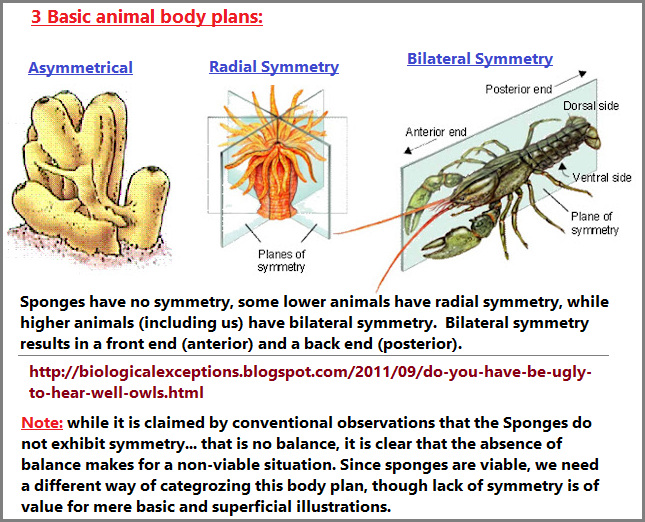
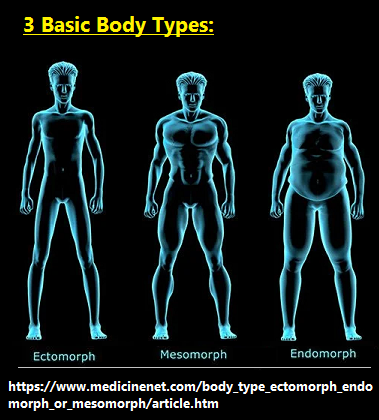
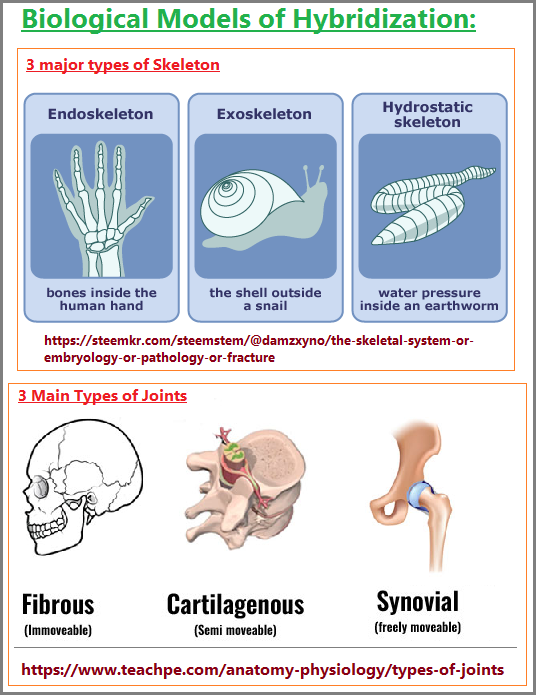
When the topic of sponges... as animals... comes up for discussion and the reference that sponges may or may not have one Germ layer and do not exhibit symmetry (to those researchers whose orientation follows suit of other researchers not oriented towards approximating a larger scope of information from diverse subjects), it is of note that the idea of three body plans found in sponges is not being used as an indication of symmetry with regard to the persistent recurrence of a tripartite organizational theme found also in multiple other genres of research. Sponges participate in the cognitive symmetry of enumeration that is frivolously being referred to as numerology because previous researchers encountering such a review of multiple subjects had no other way in which to defend themselves against such a representation being illustrated by earlier researchers whose fledgling efforts had not surveyed as many subjects as are now being looked at from various numerical vantage points of inquiry.
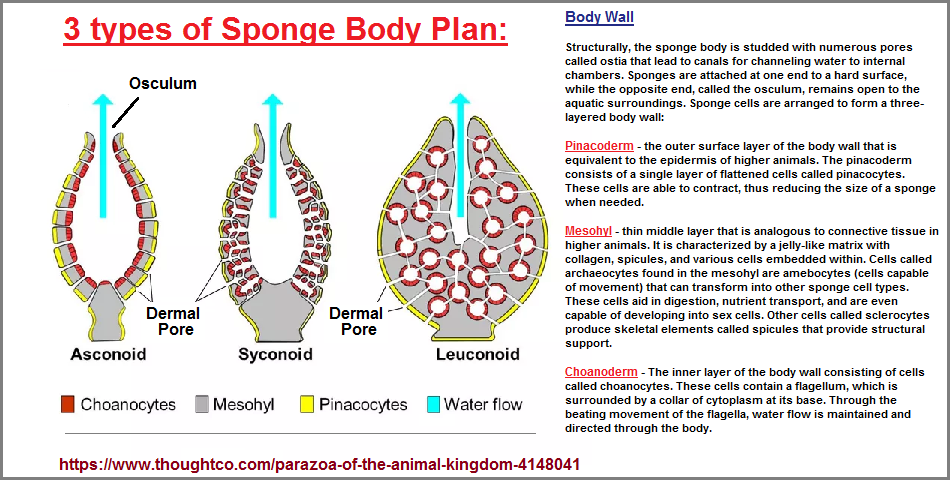

In speaking of symmetry, let us take note of an explanation:
In biology, symmetry is a characteristic of certain organisms in which there is regularity in parts on a plane or around an axis. An organism that is symmetrical (showing symmetry) would have a balanced distribution of duplicate parts on each side of the axis. It may not necessarily be an exact duplicate but an approximate repetition. An example of symmetry in organisms is bilateral symmetry.
Radial symmetry is a symmetry in which the sides exhibit correspondence or regularity of parts around a central axis. It is lacking left and right sides. It is in contrast to bilateral symmetry that is more common than radial symmetry. Most animals exhibit bilateral symmetry where there is a left and a right side along the midline. Relatively fewer animals exhibit radial symmetry. Some of them are sea stars, sea anemones, jellyfish, and sea urchins. In plant kingdom, though, there are many flowers exhibiting radial symmetry.
Special forms of radial symmetry are tetramerism (having four identical parts around a central axis) and pentamerism (with five identical parts around a central axis). Bi-radial symmetry is a combination of radial and bilateral symmetries, such as that of ctenophores (comb jellies). (Source: Radial symmetry)
When I view symmetry in terms of researching with an intent to look at different subjects and make comparisons, I find that some flexibility in definitions is sometimes necessary, and if needed, a revision is required if not by inclusion then by deletion or substitution of the original definition. Whereas on the one hand when we speak of the three basic body plans in biology, I attempt to align them with observations of non-animate structures as well. While the use of biological terms in non-biological contexts are sometimes used by those attempting to advance a supposed intellectual diversity and sophistication, such an embellishment is mere amusement for those who routinely cross-reference ideas from multiple genres of interest. For example, do the three biological "Assymetric- Bilateral- Radial" headings hold true... for example, when we look at furniture? In other words, is the human mind engaging in the usage of these types of modeling expressed in activities by those who may be unaware that they are engaging in repeating similar patterns by way of a biologically-based brain? Let us take for example when we encounter a three-legged stool. Because it is balanced, we may arbitrarily assign a central axis based on one another preference such as legs, seat, or a combination thereof. However, does such an object fall under the heading of one of the biological three, or do we entertain a different type of categorization based on some mathematical preference dealing with geometry, algebra or other numerical assignment such as odd and even-numbered types of symmetry, bilateralism or even some supposed assymetrical-appearing symmetry? Do not multiple examples of assymetry provide us with evidence that nature uses such a form— as a different type of symmetry involving an underlying arithmetical or enumeration theme? Or does a researcher prefer to engage in a strict definition whereby it is much easier not having to think alternatively, and thus fall prey to indecision and confusion which so often consummate those with a conventional form of mental discipline?
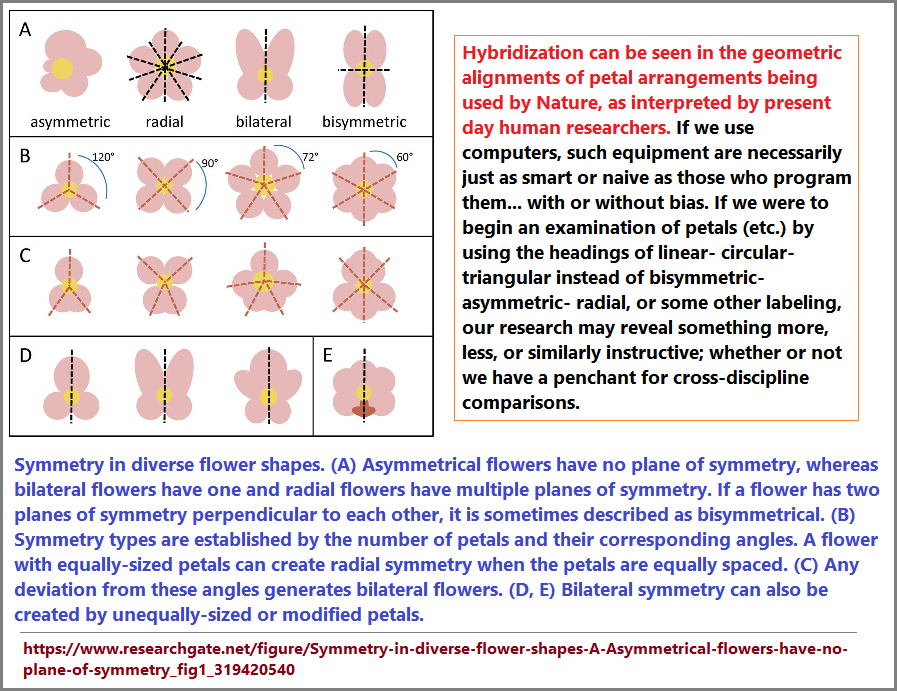
With respect to plants and hybridization, one can think of the origin of plants in terms of a watery environment first and then soil environment later, though one might speculate on plant-like life forms which appear prior to the usage of water or land as the dominant form of cradling for the development of such. If we think of evolution in terms of hybridization, like geological layering over time, or the analogical onion and cabbage leaf or tree-ring portraits, not to mention the layers of seashells which have three distinct layers of the shell produced by the mantle (Sea-Shell):
- Outer proteinaceous periosteum: The outer proteinaceous periosteum is the non-calcified layer on the outer surface of the shell. It is composed of a thin, hard layer of dark protein which serves to protect the edge of the shell as it grows. This layer also provides the structural foundation on which the subsequent layers can be built and allows for the accumulation of calcium ions, which promotes crystallization.
- Prismatic layer: The prismatic layer forms the middle layer of the shell, which is comprised of a hard, prismatic calcium carbonate which exhibits a chalky appearance. The prismatic and the periosteum layers are formed by the same specialized mantle cells.
- Inner pearly layer (nacre): The inner pearly layer is also calcified, but is a pearly lamellar substance which is formed by the epithelial cells of the mantle surface. Nacre is also referred to as "Mother of Pearl" and is known for its exceptional strength. Nacre is formed by the "brick-like" arrangement of calcium carbonate sheets interspersed with biopolymers which provides the shell with elasticity, strength, and resistance to cracking.
In discussing the "wobble" effect or appearance which the (multiple forms of) straddlings seen in furniture legs, as well as multiple biological expressions of wobbling seen in mobile legs, antenna, eyes, ears, arms, heads petals, etc., of different life forms, a closer examination of the wobbling phenomena brings to light the knowledge of wobbling found in
As an aside reference, with respect to the layering of pearls and mother of pearl:
For years, scientists believed that the strength and resilience of nacre stemmed from layers of calcium carbonate crystallized over preformed layers of chitin (a common scaffolding material found in many insect shells). Studies with scanning electron microscopes suggest that, rather than being laid down in sheets, the calcium carbonate is laid down in a brick-like structure scattered through an organic matrix. The presence of chitin is disputed, and many believe that the organic material is conchiolin. Because of its unusual properties, especially its extremely high fracture-resistance, the composition of this material is still being studied. (Pearl (Why are pearls and seashells iridescent?))
While on the subject of shells, let me include the thought that Hybridization can take many forms, such as the reference to Mary Anning described in a rhyme frequently viewed as a tongue twister:
She sells sea-shells on the sea-shore.
The shells she sells are sea-shells, I’m sure.
For if she sells sea-shells on the sea-shore
Then I’m sure she sells sea-shore shells.
(She Sells Seashells and Mary Anning: Metafolklore with a Twist by Stephen Winick, July 26, 2017)
A discussion of plant evolution as a type of hybridization utilizing symmetry, balance and conservation (compartmentalization of seemingly disparate entities into a singular representation and/or functionality); brings me to mentioning the origin of plant-like life forms, three of which appear to have arisen prior to terrestrial plants, called the Bryophytes, consisting of liverworts, mosses, and hornworts. Whereas from a numerical perspective we think of mono = one and di = two, the terms monocot and dicot plants would suggest that the monocots preceded the dicots, but it appears from the literature that monocots diverged from dicots:
Monocots comprise one-quarter of all flowering plant species, most of these are orchids, grasses, sedges, palms, and aroids. The group appears early in the fossil record of angiosperms, and seems to have radiated into most of its major clades before the end of the Cretaceous.
The monocots diverged form their dicot relatives very early in the evolution of flowering plants. This has made it difficult to identify their closest relatives, though because of molecular sequence analysis we now have several good candidates. These closely related dicots are the Piperales, from which we get black pepper, the Aristolochiales, which includes Dutchman's pipe, and the Nymphaeales, or water-lilies. All three groups share certain features with the monocots, and it is not clear which is most closely related to them, or whether they form a group sister to the monocots.
Monocots have a number of distinguishing features which are synapomorphic for the group. Characters useful within the group include leaf morphology, in florescence structure, epidermal chemistry, and modification or loss of floral parts. ( Monocots: Systematics)
The abominable mystery: How flowers conquered the world
The study of plants has importance in understanding how insect and animal life came to flourish on land, perhaps because of an increase in oxygen due to plant respiration. It is also important because we can come to understand non-vascular plants came before more complex vascular ones, hence representing a hybridization of form and functionality, as well as the conservation (maximization of area, or effect, etc...) and symmetry (some sense of balance) noted in the Fibonacci Numerical Series (What Is the Fibonacci Sequence? by Tia Ghose, October 24, 2018.) (Some readers may also like: Land plants arose earlier than thought—and may have had a bigger impact on the evolution of animals by Elizabeth Pennisi, Feb. 19, 2018, 9:35 AM).
More projectively stated, Hybridization appears to involve three preliminarily perceived characteristics:
- Form... and the functionality of that form. However, this might lead us into a pickling situation when we take for example the idea of Dark Matter. Does the blackness of space (called dark matter) actually exist without the need for some fundamental particle(s), wave(s) or configuration? Is its functionality to be described in terms of planetary and other outer-spatial entities such as suns, asteroids, comets, dust, etc? Are there more than one type of dark matter defined by location and spatial entity activity? In other words, is the dark matter the same all over or is it different when in closer proximity to a planet or other spatial-object reference? Is dark matter a hybrid (concoction) or the originating source of a hybridization process yet to come or in the beginning stages of development?
- Symmetry... though an observer's so-called common sense notion of balance, or parity, or congruency may differ considerably from that being perceived as an expression, due perhaps to preconceived notions involving a set of mental formulas utilizing analogies which they can relate to. Parity need not be a one-to-one match up as might be inferred by the word "pair", since balance can be achieved by using three legs such as a stool, and the balancing act of a person on two legs is achieved by three inner ear semi-circular canals, though navigation of various terrains involves other modalities of balance such as the eyes and accompanying sensory evaluations. Interestingly, it is said that because the limbs act as pendulums, it is thought that the human body (for example) is an oddity from a mechanical engineering perspective. (The problem of remaining upright by Peter Kroker, consultant physician and geriatrician)
- Conservation... While one may think in terms of conservation with such ideas as compilation, contraction, compartmentalization, combinations, etc., it also references the idea of maximization.
With respect to Conservation... for example, a creature which increases its survivability by way of adding on one or more features in order to maximize its ability to take advantage of resources... such as a life form utilizing a feeding type called omnivorous, instead of simply being carnivorous or herbivorous... though each of them may present a life form with a limited supply of food in a particular environment. The same idea is involved when humans adopt several different forms of energy creation such as utilizing hydro-electric dams, solar cells, atomic energy, batteries, and other formulaic exercises. Another example is to use different resources for constructing structures to live and work in, as well as different garments for different seasons. Hybridzation can thus involved a multitude of forms, though those forms are in use only under specific conditions. The same goes for the usage of different types of religious ideology as a survival mechanism as well as different types of government... including multi-forms of stated ideas such as the usage of different formulas of Democracy by different nations. In other words, Democracy, Socialism, Communism, etc., all have different flavors and exercises.
We see this "flavoring" effect in the different grades of gasoline, names and designs of vehicles, and language accents, not to mention languages themselves. Human Races are of course hybridizations, just as we see in the case of cross-cultural uses of words, ideas, and adoptions of multiple technologies, as well as food-stuffs, ideological inclinations, morality, coinage, and numerous other day-to-day practicalities such as in the case of attempting to determine a person's guilt or innocence of a crime, activity, or un-intentionality. The point being is that we can recognize hybridization and can define the limits of construction related to cognitive processing.
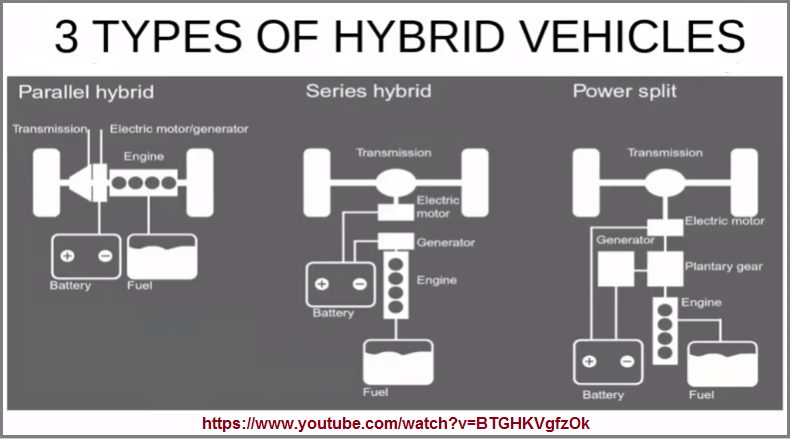
As is the case of several hybrids found in mythology, we see an inclination to use a two-patterned orientation and division, though a pattern-of-three may be closely at hand. Indeed the definition leading the following excerpt reads as: "A thing made by combining two different elements." Hence, a linguistically illustrated cognitive default is implemented and holds sway to any other definition which might be offered.
What is a hybrid? (Hybrid Vehicles, (a simple guide).
Commonly called hybrid electric vehicles (HEV), as the definition above suggests, a hybrid car is simply one that relies on two different power sources for motion. The two different power sources are typically petrol and electricity (most common in the US) and diesel and electricity (which can be found in Europe).There are three main types of hybrid vehicle; full hybrids, mild hybrids and plug-in hybrids.
- A full hybrid (FHEV) can run on just the combustion engine (i.e. diesel/petrol), the electric engine (i.e. power from batteries), or a combination. The Toyota Prius is the most commonly known example of this. A full hybrid is not plugged in to recharge; the battery is recharged by running the combustion engine.
- A mild hybrid has an electric motor and combustion engine which always work together. An example of this is the Honda Accord Hybrid. Mild hybrids cannot run in just electric or just combustion engine mode; the engines/motors always work in parallel.
- A plug-in hybrid (PHEV), as the name suggests, requires plugging into the mains in order to fully recharge its battery. PHEVs can be run in just electric mode.
The problem with looking at mythological creatures as a starting point for examining the idea of hybridization is that a person may be inclined to use the mathematical idea of addition more than subtraction, or multiplication more than division in some instances. Yet, if we remove a person's arm for example, have we not created a hybrid with or without the added feature of a prosthetic? Indeed, since the loss of a limb frequently conjures up what are called Phantom Limbs. (What are Phantom limbs) Yet it is a noteworthy reference to say that people born without a limb apparently have the sensation of a phantom limb... suggesting the brain is formed with a "whole body" image sometime during development, unless individual cells have a blueprint indication thereof. Along with the common notion of phantom limbs is to be added the view of a shadow and echo. Are then not in some fashion... phantoms which can also be viewed as hybrids?
Date of Origination: Friday, 30th July, 2021... 6:38 AM
Origintion of this page:
Date of Initial Posting: Thursday, 17th March, 2022... 12:23 PM